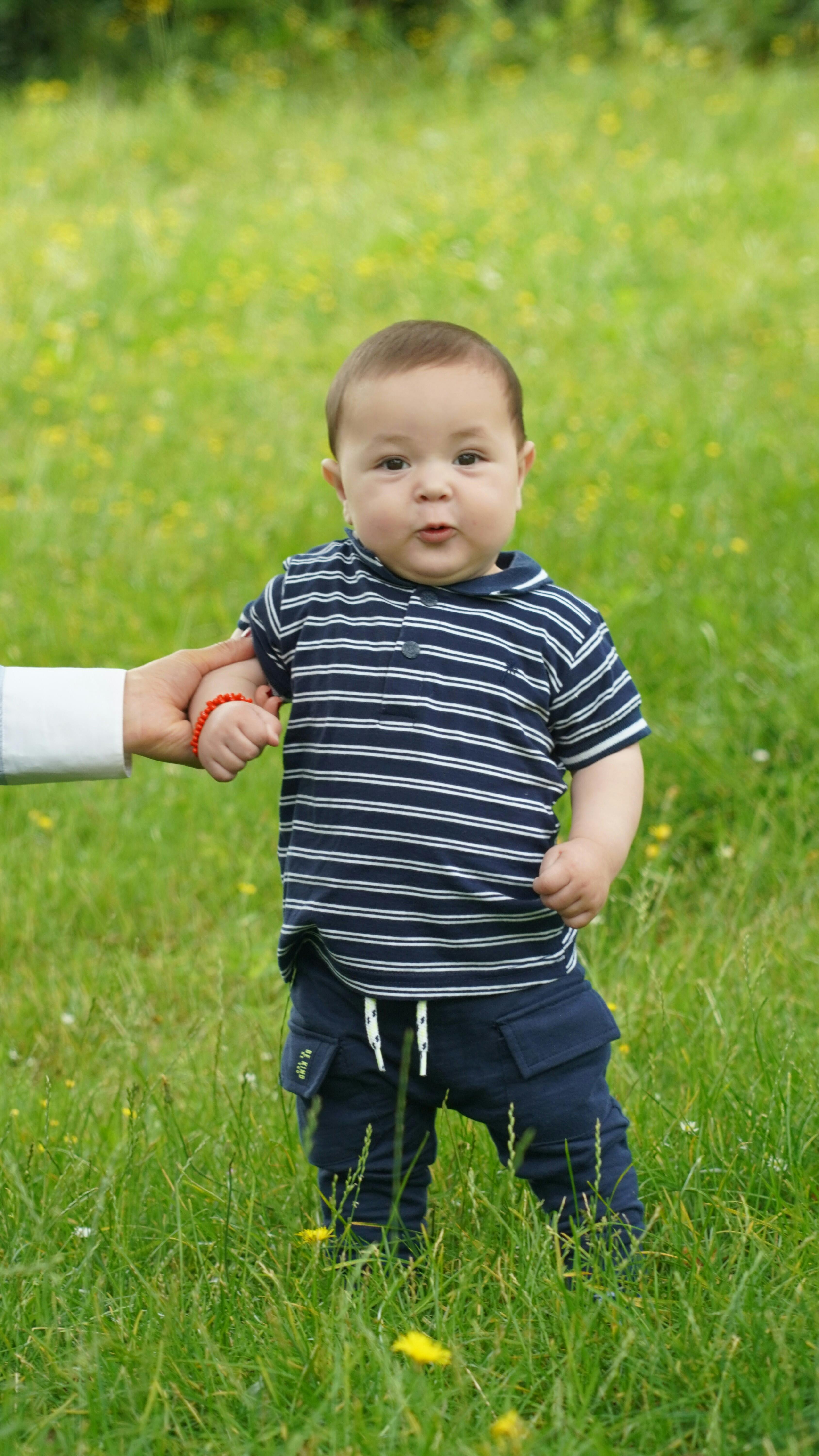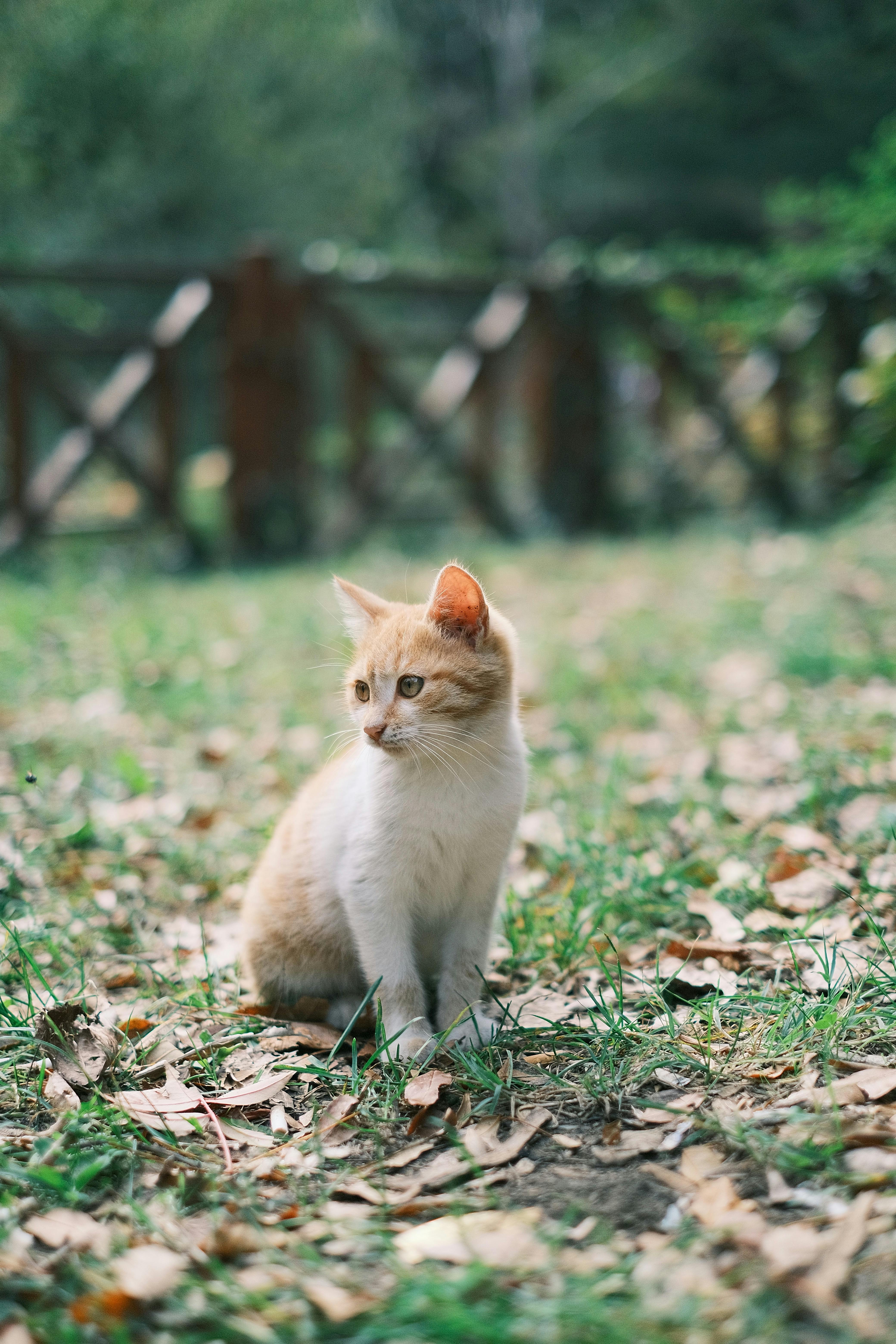Table of Contents
Proper supervision is one of the most important safety procedures that every babysitter should know. It is essential to keep a close eye on the children at all times, especially young children who may be more prone to accidents. Make sure to always stay within close proximity to the children, and never leave them unattended, even for a short period of time. It is also important to limit distractions while babysitting, such as talking on the phone or watching television, so that you can fully focus on supervising the children.
Emergency preparedness is another crucial aspect of babysitting safety. Make sure to have a list of emergency contacts, including the parents’ contact information, as well as the phone numbers for local emergency services. It is also a good idea to familiarize yourself with the layout of the house, including where the nearest exits are located and where important items like fire extinguishers and first aid kits are kept. In case of an emergency, stay calm and follow the proper procedures for handling the situation.
Childproofing the home is an important safety measure that every babysitter should take. Before the parents leave, take a few minutes to walk through the house and identify any potential hazards, such as sharp objects, choking hazards, or loose cords. Make sure to put away any dangerous items out of reach of the children, and use safety gates to block off stairs or other dangerous areas. It is also important to be aware of any allergies or medical conditions that the children may have, and take appropriate precautions to prevent any accidents or emergencies.

Safe sleeping practices are essential for ensuring the safety of young children while they are napping or sleeping. Make sure to place infants on their backs to sleep, and avoid using soft bedding or pillows that could pose a suffocation risk. If the children are sleeping in a crib, make sure that it meets current safety standards and has no loose or broken parts. It is also important to keep the room at a comfortable temperature and free from any potential hazards, such as cords or curtains that could pose a strangulation risk.
First aid knowledge is a crucial skill that every babysitter should have. Make sure to familiarize yourself with basic first aid procedures, such as treating cuts, bruises, burns, or allergic reactions. It is also a good idea to take a CPR and first aid certification course to ensure that you are prepared to handle any emergencies that may arise while babysitting. Keep a fully stocked first aid kit on hand at all times, and make sure that you know where it is located and how to use its contents in case of an emergency.
In conclusion, following these essential safety procedures can help ensure a safe and enjoyable babysitting experience for both you and the children you are looking after. By properly supervising the children, being prepared for emergencies, childproofing the home, practicing safe sleeping practices, and having first aid knowledge, you can help keep the children safe and give their parents peace of mind while they are away. Remember, safety should always be your top priority as a babysitter, and taking the time to learn and apply these safety procedures can make a world of difference in the event of an emergency.










